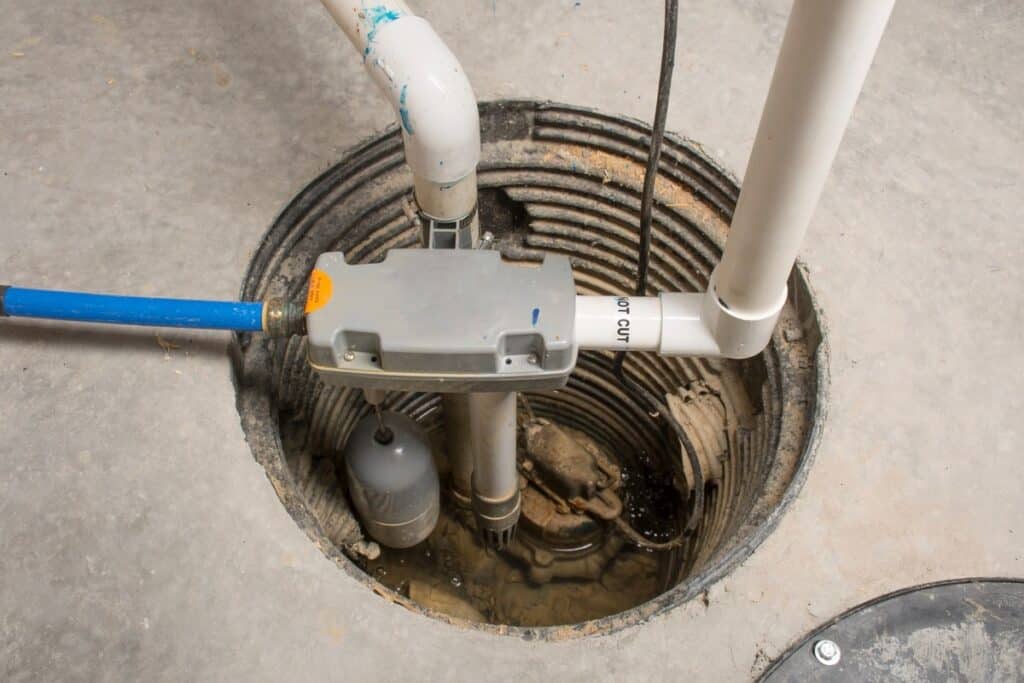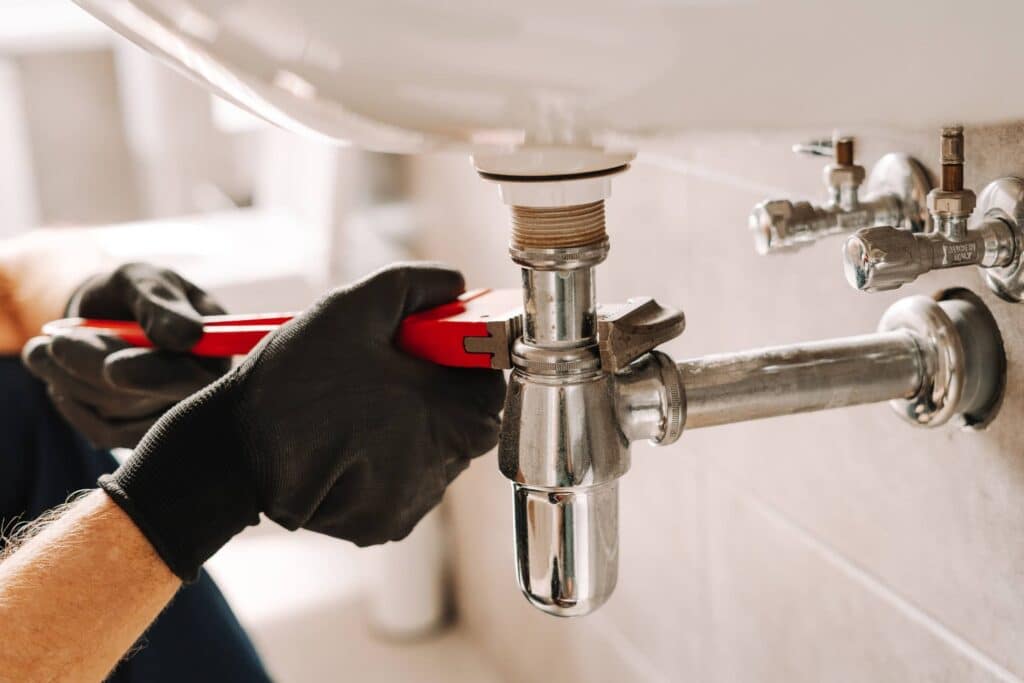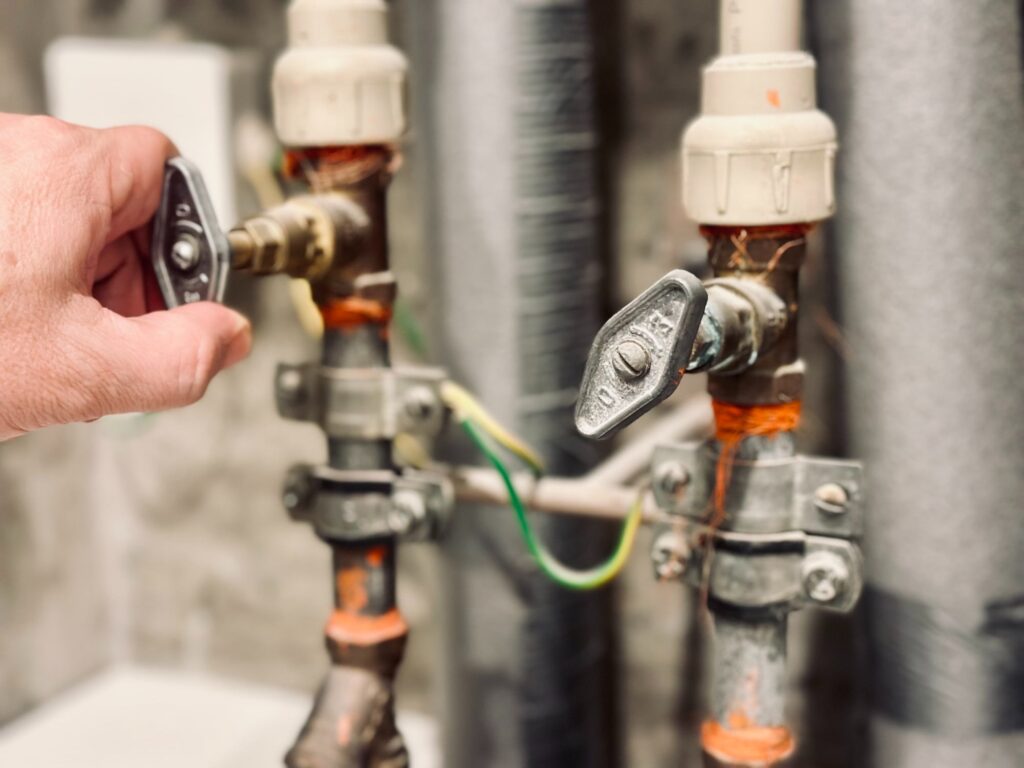The destruction of a hurricane can be brutal, and the aftermath of cleanup is often long and tedious. Hurricanes not only can damage your home with heavy winds and debris, but the rain and floods also often overload sewer systems and push raw sewage into homes and other buildings. This type of damage can cause serious health risks and expenses in addition to the obvious mess and smell. This is why it’s very important to take precautions and be prepared for any changes during a storm to ensure the property’s safety from wastewater damage.
Understanding the Location
Depending on where you’re located in the state, the city, the neighborhood, or even on your street, it’s important to understand at what point your home is at risk for storm drain flooding. Begin by checking your county flood maps. You can find this on the FEMA Flood Map Service Center website or your local county’s website.
Information about your elevation, nearby designated retention areas, and documentation on past flooding probability can provide valuable insight on the potential damage and how to best protect your home and belongings. If you’re new to the area, neighbors and homeowners associations may also have insight into the risk of the area from past experiences.
Add a Backflow Preventer to the Main Line
A good plumbing system should always flow in just one direction. During times of strong winds and forceful water flow, such as in a hurricane, sewage can easily be forced in the opposite direction through the pipes and into the homes. A licensed plumber can install a backflow preventer to reduce the likelihood that this will happen.
There are two types of backflow preventers. A check valve allows water to move in only one direction. Once water pressure tries to reverse, this valve will automatically close and prevent any water backflow. The second type of backflow preventer is an air gap or relief valve. These devices will open once pressure is detected on the wrong side, which is especially helpful to ensure sewage doesn’t siphon back due to pressure changes.
Keep all Sewer Lines Intact and Clean
Buildup and blockages should be regularly maintained to ensure the pipes are clear and ready, even in the most crucial times. First, check all entry and exit points (clean-outs and vents) for any debris or vegetation. A clean-out is a capped pipe that plumbers will use as an access point to insert tools such as snakes and hydrojets. Make sure to also check that all caps are tightly secured to prevent any bursts or water seepage.
Use an eco-friendly, bio-enzyme cleaner on a regular basis (typically once a month) to keep grease and organic buildup to a minimum. Every two to three years, call a plumber to do a sewer-camera inspection, which will detect any tree roots, cracks, sags, or other issues that need to be addressed. If the home or building utilizes a septic tank, then a professional will need to complete a pump-out and inspect the drain field.
Emergency Response Plan
A Hurricane Response Plan will help cover everything from helping you secure your home and possessions to packing for evacuation or bunkering down if you choose to stay. Somewhere on the list should be a few simple and quick steps to ensure the plumbing is addressed.
- Shut off the main sewer valve: You should know its location and check it regularly, so it’s easy to turn off.
- Seal any low-level drains or fixtures: Use rubber flange covers in floor drains and shower traps. If you have basement laundry outlets, these will need to be sealed, too.
- Stack sandbags or water-filled barriers: Add an extra barrier of protection by using barriers. The clean-out covers, vents, and drains that have been checked and plugged should also have a layer of protection with sandbags or water-filled barriers.
- Supplies at the ready: Have a “plumbing go bag” ready with all the necessary supplies so you can quickly check these essential preparations off your checklist in the chaos of an upcoming storm and evacuation. The go bag should include work gloves, waterproof boots, a spare cap that fits your clean-out, plumbing repair tape that’s wet-condition rated, a small pump with a flexible hose, reserve sandbags or barriers, and drain covers.
Insurance and Code Requirements
Some insurance plans do not have sewer backup coverage unless you request it to be added. Even flood insurance that covers backups might not cover drains that are backed up under normal conditions. To ensure sewer coverage in any circumstance, do the following:
- Speak with the insurance agent about sewer backup protection, making sure to thoroughly discuss the various scenarios and requirements for coverage to take place.
- Check flood policies from different carriers to find the best level of protection, especially if the home is located in a designated flood zone.
- Keep any receipts, inspection reports, and certificates of inspection in a water-safe location. Better yet, take pictures of these documents to store in the cloud. Every time routine checks of caps and access points are cleared, take a picture to prove regular maintenance and the condition prior to the flooding. If a claim ever needs to be filed, these documents and pictures will be essential to speeding up the process and proving responsible care.
Preventing sewer backups during hurricane season takes foresight, investment, and regular upkeep. Start by learning your area’s flood and sewer risk, then install a backflow preventer that meets code. Keep your lines free of debris with monthly enzyme treatments and periodic camera inspections. Practice an emergency plan that includes shutting off valves, sealing drains, and deploying barriers. Finally, secure the right insurance coverage and keep detailed records of all work.
By tackling these steps before the storms arrive, you’ll protect your home from one of the nastiest consequences of flooding and spend the aftermath focused on recovery, not cleanup. Stay prepared, stay dry, and let your plumbing weather the hurricane season with confidence.



